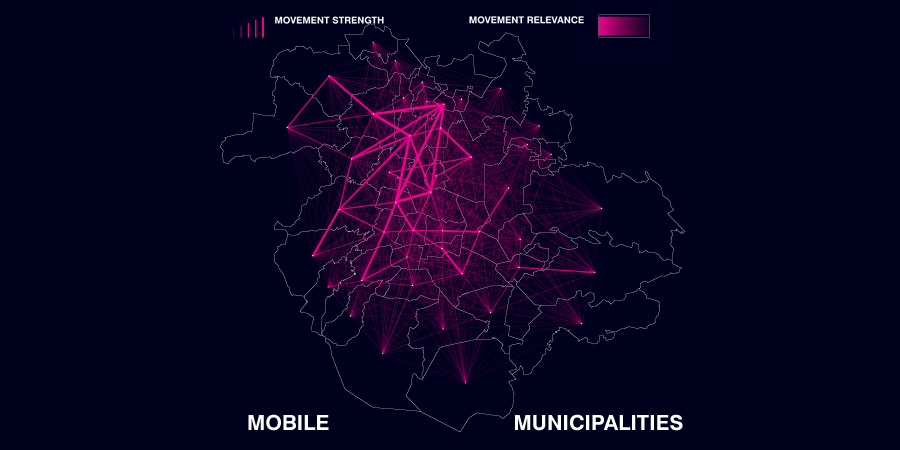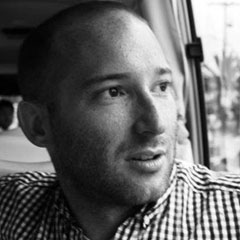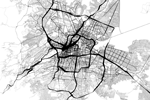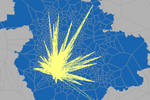

Mark Lueke is an aspiring architect living in New York City. He went to the University of Kentucky where he earned a B.A. in Architecture.
Currently, he has completed his Masters of Architecture at Columbia University's Graduate School of Architecture, Planning, and Preservation where he has had the opportunity to work with NASA and the government of the Dominican Republic. His travels have taken him to Great Britain, Ireland, Japan, Italy, the Dominican Republic, and China, all of which have fueled his interest in the relationship between architecture and its urban context.
The project began by asking the question: Do Mexico City's municipalities provide adequate services to their residents? As cell phones become more accessible to Mexico City's growing population, it is possible to qualify this question with cell phone data. By estimating population movement among municipalities based on six months of aggregated cell phone data, two types of municipalities emerge - ones that are mobile, and ones that are not. This project aims to determine if there is a difference between mobile municipalities and non-mobile municipalities in the availability of services provided to their residents. It begins by making a diagrammatic connection to the centroid of each municipalities.

Each line was given a thickness and transparency based on the strength of the movement between the municipalities.

By looking at hourly changes throughout a week, a weekly average was determined to show which municipalities are most mobile. Most mobile municipalities were determined by taking the top 40% of average movement among municipalities.

The strength of movement was also compared to the average hourly total for the entire week to understand when this movement is most likely.

Then a variety of services and industries were located to examine which municipalities receive are connected best to these services. Specifically, the highway system, hotels, auto services, police stations, hospitals, parking structures, and transportation hubs were mapped and a percentage was calculated totalling those within a mobile municipality.







From these totals, it is clear that these services are much more common in mobile municipalities. Residents that are not within a mobile municipality are not necessarily limited in services provided to them, but they are less likely to have access to several options. It is the intention of this project to probe whether or not such services should adapt to the municipality they serve based on the likelihood of a mobile population, rather than the residents adapting to static serivces.










